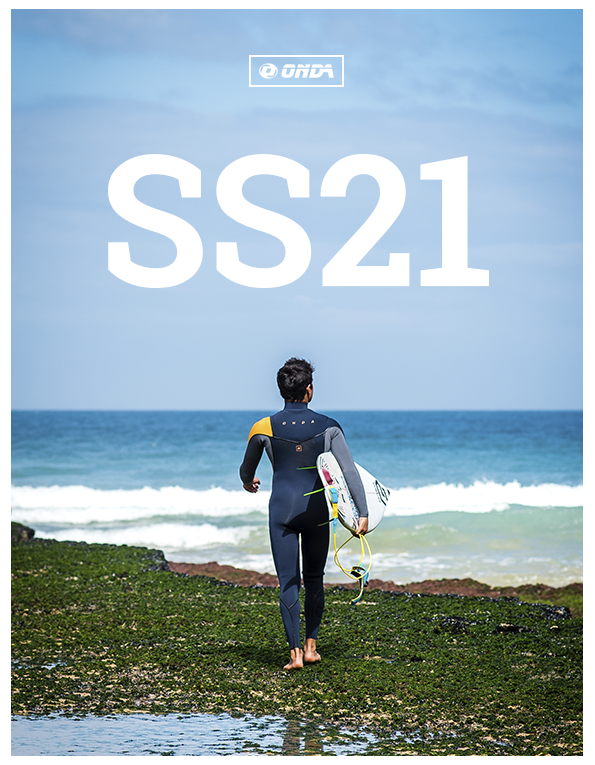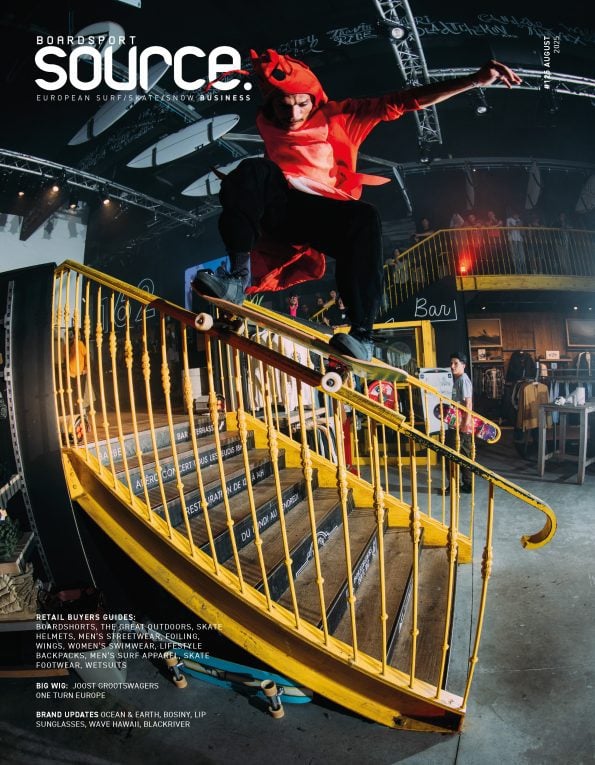
Boardsports Biz Expert Offers Advice On How To Get Ahead Of The Pandemic
Action sports business analyst Jeff Harbaugh delivers another sterling analysis of just what COVID has thrown at our industry. He also offers some perspective and guidance on how we should be trying to think bigger picture than just problems in the supply chain.
Maybe There’s More to This Than Just Trying to Meet Demand
Recently, somebody sent me a link to the split board binding company SPARK R&D. Their home page has the title “Production and Inventory Notes,” where they explain how explosive demand and having to stop and restart production (all virus related) has lead to a shortage of their products and how they are working to meet demand.
I know a lot of you feel SPARK’s pain. Plenty of brands first reduced orders then had to increase them and have struggled to get enough of the right product in the right place at the right time. I want to ask if that’s all you’re thinking about. Perhaps it shouldn’t be.
In the middle of the weirdest season any of us have experienced I hardly blame you if that’s your full time focus. But let’s go back some number of years. I don’t remember how many. There was the worst snow season ever. Nobody ordered anything for the next year. The customer showed up next season and tried to buy product. There wasn’t much. Those who could get it were happy to pay full price.
Margins, we learned from industry data, improved dramatically. Inventory was as clean as it had been in a long time. Less working capital had to be invested. Brands, looking a bit more exclusive, took a step up with some being able to better distinguish themselves from their competitors helped by the fact that they didn’t have to close out a bunch of product. And the consumer, just maybe, began to think that they might have to pay full price to get the brand and the product they wanted and that it might be worth it.
I think this was before the Great Recession. We were living large and many were covering up various management discontinuities with great cash flow. I wrote at least one article pointing out the potential benefits above even suggesting, I think, that you might sell less but end up with a better bottom line while improving market position.
A few at least considered what I was suggesting. A lot didn’t and the urge not to miss short term sales (perhaps due to weak balance sheets) overwhelmed what I thought were the longer term strategic opportunities.
Now the Snowsports industry has (mostly) figured out, at least for hardgoods, to assume average snow fall and order only what you are confident you can sell at good margins. Maybe if you’re lucky you can get a little more product if demand requires it. But you thank your lucky stars for a clean inventory rather than bemoaning some lost sales because it doesn’t take much in the way of hard goods closeouts to make a category profit into a loss.
The above example applies to every active outdoor industry brand and retailer – especially those with major seasonality. But back when the snow industry had its little faux pas, we all knew the cause and at least some of us were pretty clear how behavior would evolve.
That kind of clarity is lacking this time. I know and agree with the general consensus that existing trends have simply been accelerated. The recession, which we were going to have anyway, is much worse than we expected. The pandemic is taking longer to get under control than I, at least initially, thought it would.
We will get through this, but the longer it lasts the greater will be the impact on your customers behaviors. Are you giving much thought to what those behavioral changes might be?
Yeah, yeah, I know. I’ve got the luxury of sitting on my ass and thinking about this while you have to figure out your supply chain and meet customer expectations on a daily basis. Anyway, here’s a list of some of the questions I’m asking.
- How long is this (pandemic and associated recession) going to last? That’s not when we get a vaccine or start to bend the curve down or get a bunch of people vaccinated. It’s when people feel safe enough to change their behavior.
- When they do change their behaviors, how will they change them? It depends to some extent on the answer to question one. The only thing I’m sure of is it won’t go back to pre-virus normal. Zoom, working from home, buying online, picking up at the store, dressing differently, having more focus on the outdoors, how we think about trade shows, the fashion cycle, travel habits (for both business and pleasure), changes in how people choose to spend their money, are at some level all here to stay. What am I missing?
- The pandemic is causing societal changes some of which are going to be permanent at some level. Like the Great Depression and the Great Recession. But here’s what I’m really having a hard time getting my head around. As we come out of this, which we will, what changes we haven’t even conceived of are going to occur as a result of the readjustment process? I suppose the answer is “We don’t know.” That argues for the growing value of flexibility in an organization. You need to have the ability to be surprised and to learn from new experiences because there’s going to be a lot going on.
- Our largest customer group got clobbered by the Great Recession and now the virus recession. I suspect they’re going to be frugal, cynical, and I’m not quite clear how much money they’re going to have to spend. How do you evolve your relationship with them?
- How is the relationship between retail stores and online business going to change? We see public companies pointing to the number of store leases they have coming up for renewal in the next one to three years. That’s the kind of flexibility they need.
I’m not sure how valuable a longer list of questions I don’t have good answers to would be. What I’m asking you to do his stop, take a deep breath, and spend some time considering these issues. I doubt you’ll know what the answers are either but perhaps you can open your mind and improve your flexibility a little. Data systems, fast reacting corporate culture and a solid balance sheet (you knew I had to say that at least once right?) are the keys to coming out the other side.
“It ain’t what you don’t know that gets you into trouble. It’s what you know for sure that just ain’t so.”
Like most clever quotes, that’s attributed to Mark Twain, but we don’t actually know if he said it. Under the circumstances you think might emerge over the next six months to two years consider if not meeting every last piece of demand could be a good thing. Think about coming out of this with your brand solid, your product in higher demand, a strong bottom line, and an enhanced competitive position.
There are way worse messages to send your customer than, “Sorry, where sold out.”






